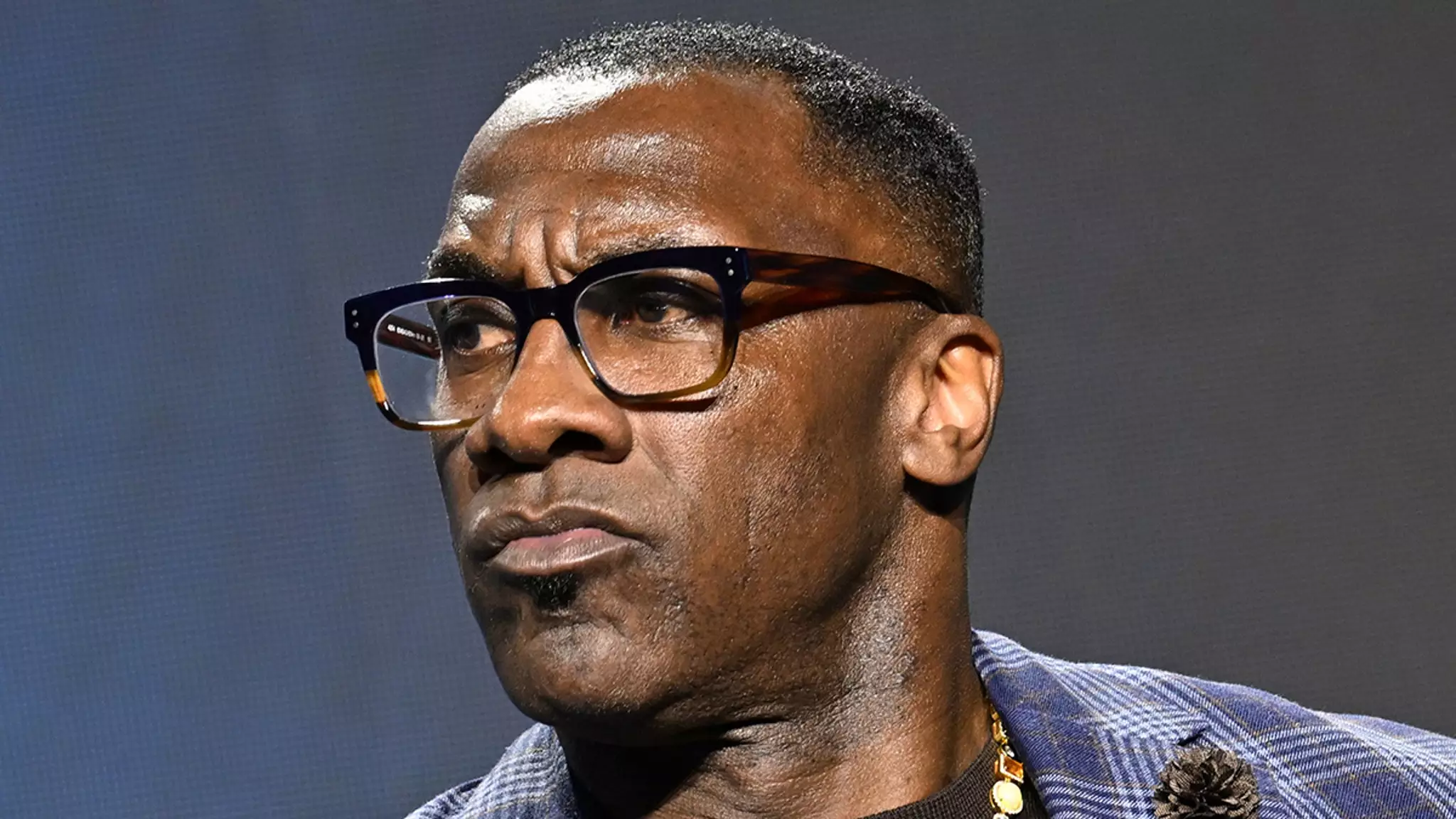The world of sports is often celebrated for its visceral passion, thrilling performances, and remarkable journeys. However, intertwined with this glamorous narrative are stories that reveal the darker sides of fame and power. The recent lawsuit against Shannon Sharpe, a celebrated NFL Hall of Famer, is a stark reminder of how celebrity status can cloak abusive behavior, creating an environment where victims may feel powerless. A Jane Doe has come forward with startling allegations of repeated sexual assault and emotional abuse, asking for damages that total tens of millions. This case not only raises questions about individual accountability but also about societal structures that enable such conduct.
The lawsuit details a timeline that begins with a seemingly innocuous meeting at a gym in Los Angeles, where the plaintiff, then a tender 20 years old, first crossed paths with Sharpe. The predatory nature of this encounter is alarming; it initiates a narrative that serves as a troubling cautionary tale. The exchange, in which Sharpe allegedly offered to buy her breast implants if she successfully entered and won a weight-loss competition, underscores not just his manipulative tendencies but also the pervasive culture of objectification that often permeates sports circles.
The Tactics of Control and Manipulation
As the relationship progressed, the implications outlined in the filed suit reveal a disturbing dynamic of control and intimidation. It is as if Sharpe utilized his stature and resources to maintain a chokehold on Doe’s autonomy. The plaintiff asserts that Sharpe’s relationship “demanded complete control” over not just her physical presence, but her time and emotional state. Forced into submission under the guise of affection, she became embroiled in a toxic cycle that many victims struggle to escape.
Physical threats and the display of weapons further amplify the stakes in this chilling recounting. The moment the complainant feared for her life—when Sharpe allegedly threatened her after she attempted to reach out for help—sheds light on the inner workings of an abuser’s mind. This is not merely a personal recollection but reflects a broader understanding of how fear can be weaponized against vulnerable individuals, particularly those ensnared in relationships with powerful men.
Complicity in Silence: The Role of Fame
In light of these serious allegations, a deeper inquiry arises: how does the structure of fame enable such behavior? Celebrities often wield incredible influence, which can create significant barriers to reporting misconduct. The plaintiff’s reluctance to step forward earlier is painfully common; victims frequently grapple with doubts about being believed, fearing social ostracization, or concern that their voices will be drowned out by the clamoring consensus surrounding a beloved public figure.
The notion that it takes tremendous courage to confront “those with power, fame and money,” as Doe’s attorney Tony Buzbee articulated, cannot be overstated. The very act of suing an icon like Sharpe signifies a heroic stand, challenging the status quo that has historically permitted certain figures to operate above ethical scrutiny.
The Cultural Shift Towards Accountability
This lawsuit surfaces amidst a cultural metamorphosis where victims are beginning to find their voices in a landscape previously dominated by silence. This shift is not merely a sign of changing societal norms but represents a fundamental evolution in how we perceive and address power dynamics in personal relationships—especially those tinged with celebrity.
The attention drawn to this case provides an opportunity for sober reflection on how society continues to grapple with the balance of adoration and accountability in sports and beyond. Whether or not the allegations against Sharpe are proven in a court of law, they undeniably shine a light on the pervasive issues of misogyny and domestic violence that demand immediate attention and rigorous discourse.
The unfolding sagas behind closed doors are often startling, revealing a grim reality that aligns all too closely with social narratives around abuse and complicity. As this case progresses, it may serve as a catalyst for further conversations that challenge the glorified images of celebrity, reminding us that vulnerability exists even amongst the powerful.

